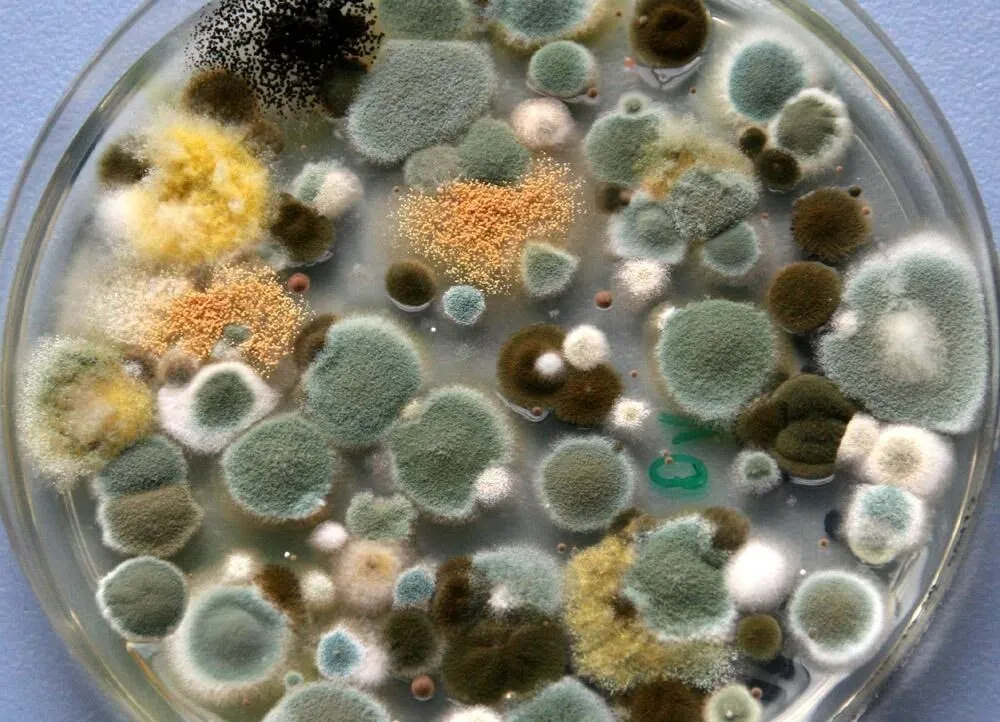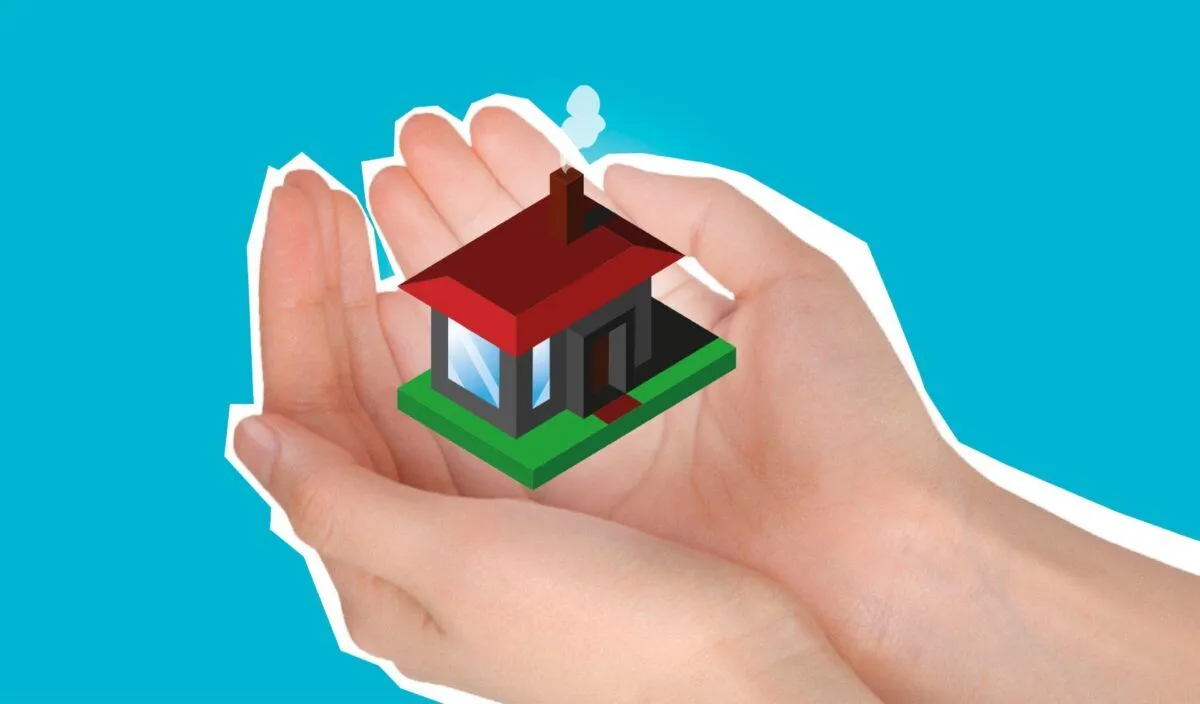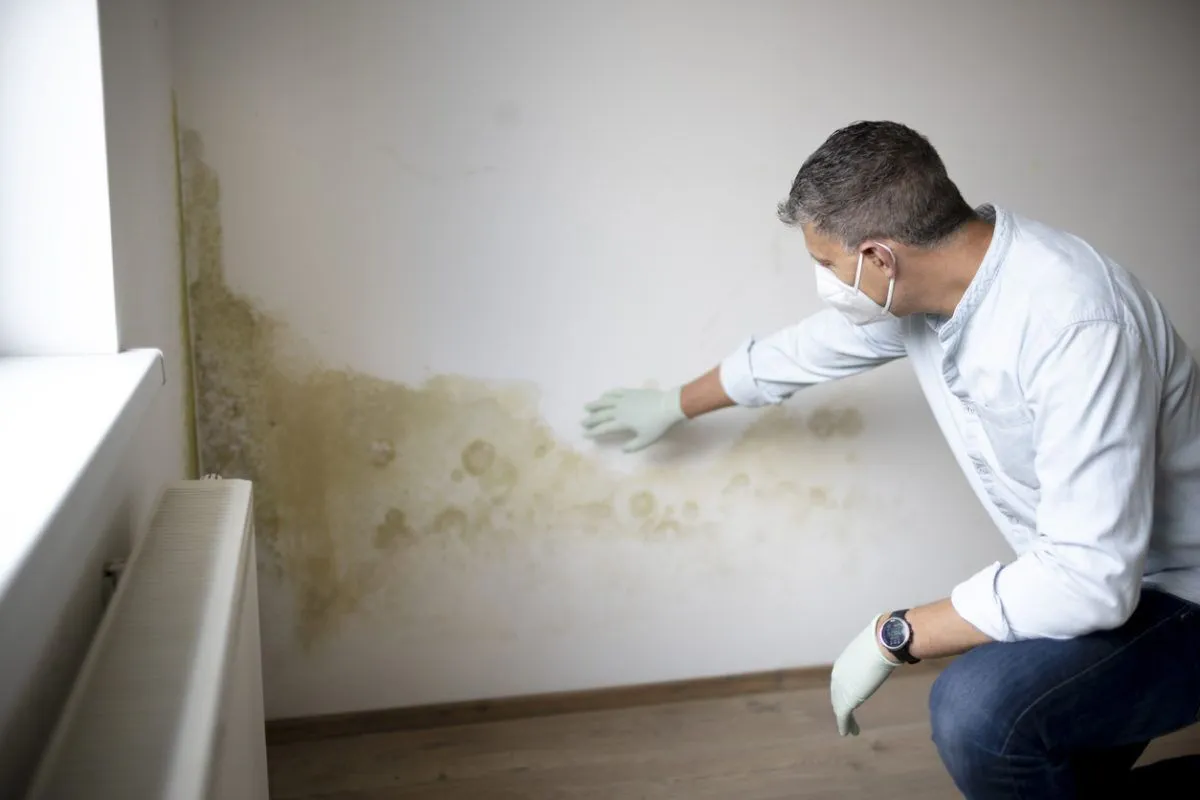What to Do When You Find Mold in Your Home

Mold remediation Mold contamination can have serious implications for your health and your family members. A health report shows mold can cause red eyes, allergic reactions, skin rash, and a runny nose. Those with weak immune systems, children, seniors, and those with chronic illnesses are at a high risk of mold complications. Throughout the nation and here in Tampa, mold remediation is essential. If you find mold in your home, you should remove it and prevent further growth. Here is a guide to mold remediation and measures to ensure mold does not return to your home.
How Do I Prevent Mold Growth?

If you have a water leak, it’s important to clean and dry the area immediately to prevent mold growth. Porous materials, such as drywall and wood wall cavity wood framing can appear dry, but still hold a significant amount of moisture that will cause mold damage. Under the right conditions, mold can begin to grow in as little as 24-48 hours.
Will My Property Damage Claim Be Covered by Insurance?

This is the most common question that we get at Lightning Restoration. The truth of the matter is that we wish that we had the Magic 8-Ball that would give us that answer every time, but we don’t. There are a lot of factors that come into play when a carrier is deciding whether to cover your property damage claim.
- ← Newer Posts
- 1
- 2
- Older Posts →

